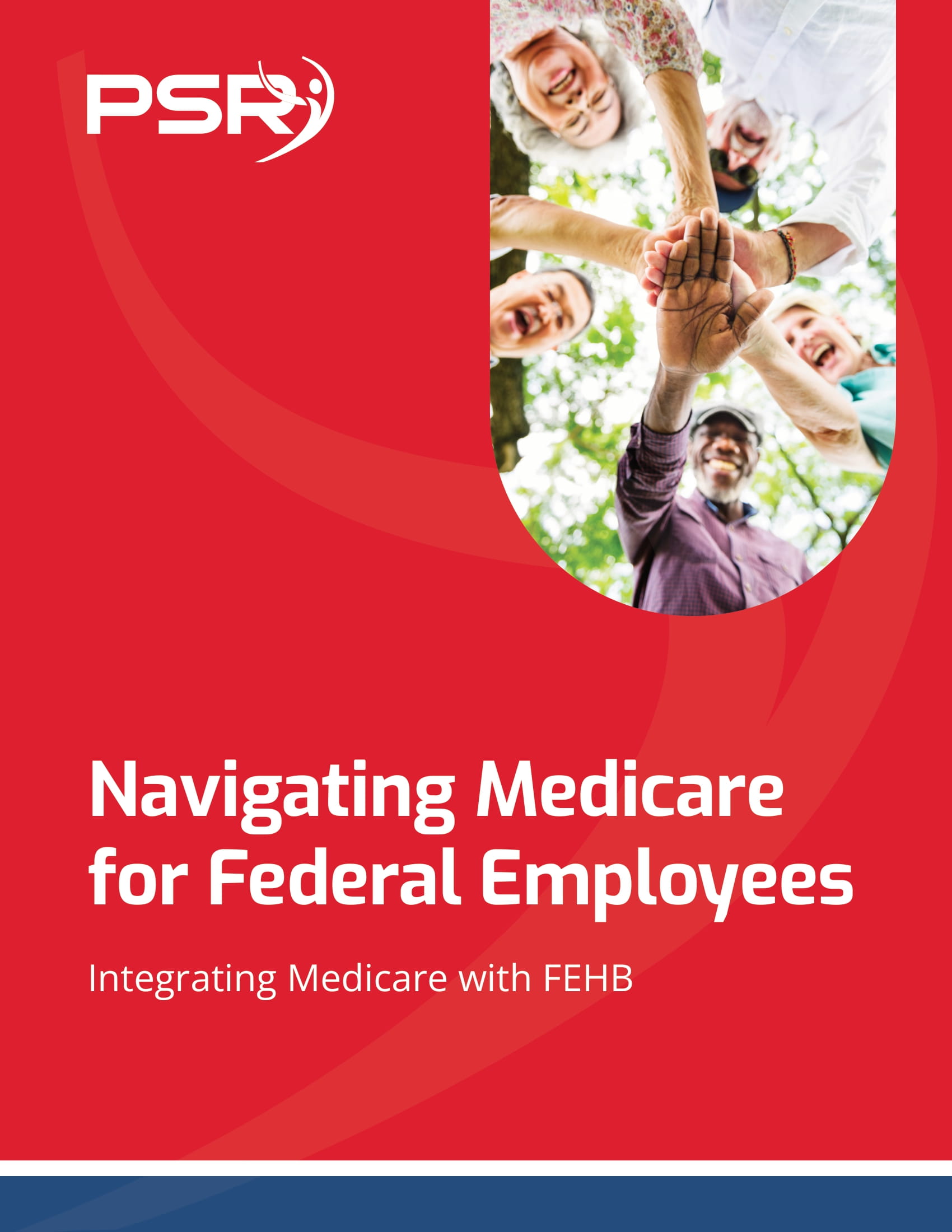Key Takeaways
-
Law enforcement officers (LEOs) in 2025 are facing tighter financial and strategic pressures when considering early retirement, requiring deeper analysis of their benefits, healthcare options, and future income needs.
-
Changes in cost of living, healthcare premiums, and pension calculations are making early retirement less straightforward, pushing LEOs to plan more carefully to avoid post-retirement financial stress.
The Reality of Early Retirement for LEOs in 2025
- Also Read: 5 Proposed Federal Policy Changes That Could Impact Your Pay, Retirement, and Job Stability in the Coming Years
- Also Read: 5 Special Retirement Perks That Law Enforcement Officers Get That Other Federal Employees Don’t
- Also Read: 3 Key Things to Watch for When Picking a FEDVIP Plan During Open Season to Get the Best Coverage
Understanding the 20-Year and 25-Year Rules
Under the Federal Employees Retirement System (FERS) special provisions for LEOs, you generally become eligible to retire after 20 years of qualifying service at age 50, or at any age after completing 25 years of service. However, meeting these milestones today does not guarantee financial comfort without considering:
-
The net value of your FERS pension after deductions
-
Loss of employment-based healthcare subsidies
-
The need for bridge income before Social Security eligibility at 62
-
Increasing healthcare and living expenses
Early eligibility is still there, but maintaining your standard of living takes deeper financial modeling than it did a decade ago.
Why Healthcare Costs Are a Bigger Problem
Healthcare has become a major sticking point for many LEOs considering early retirement. If you retire before reaching Medicare eligibility at age 65, you face several cost challenges:
-
Continuing FEHB (Federal Employees Health Benefits) coverage can be expensive without agency contributions.
-
Private insurance options often come with higher premiums, deductibles, and copayments.
-
Healthcare inflation has consistently outpaced general inflation, making future cost estimates difficult.
Even with FEHB continuation into retirement, you must plan for premium increases and out-of-pocket expenses that could easily consume a significant portion of your pension.
The Importance of the FERS Special Retirement Supplement
The FERS Special Retirement Supplement (SRS) remains a vital part of the early retirement equation. It bridges the income gap between your early retirement date and your eligibility for Social Security at 62. However, you should remember:
-
The SRS is subject to an earnings test if you work after retirement, similar to the Social Security earnings limit.
-
In 2025, if you earn more than $23,480 in wages annually while receiving the supplement, your benefits are reduced.
If you intend to work after retirement, carefully estimate your post-retirement earnings to avoid reducing your SRS benefits.
How Cost of Living Adjustments (COLAs) Are Affecting Retirement Income
For LEOs under FERS, COLAs on pensions are not fully matched to inflation until after age 62. Until then, you may receive no COLA or a partial adjustment, depending on inflation rates. Given the 2.5% COLA increase in 2025, it is clear that:
-
Retirement income may not keep pace with actual living expenses if you retire early.
-
Delaying retirement by even a few years can help protect against future inflationary erosion of your pension’s purchasing power.
This is another reason to reconsider the timing of your exit.
Weighing the Risk of Longer Life Expectancy
With modern healthcare advances, many retirees are living longer than past generations. As a LEO, even after facing years of physical and emotional demands, you still need to plan for 25 to 30 years in retirement. Longer life expectancy means:
-
Your savings must stretch further than you might have originally planned.
-
Health and long-term care costs may increase as you age.
-
Pension alone may not be sufficient, especially if healthcare costs skyrocket after age 65.
Early retirement could leave you more vulnerable to outliving your resources.
The Financial Strain of Early Withdrawals from the TSP
Your Thrift Savings Plan (TSP) is another critical component of your retirement picture. Although you can begin penalty-free TSP withdrawals if you retire in or after the year you turn 50 under special LEO provisions, you must:
-
Consider the impact of withdrawals on your long-term portfolio.
-
Factor in mandatory Required Minimum Distributions (RMDs) starting at age 73.
-
Evaluate how early withdrawals could limit future compound growth.
Using your TSP too aggressively too soon could create financial shortfalls later in retirement.
Why More LEOs Are Considering Deferred Retirement
Given the mounting challenges, some LEOs are opting for deferred retirement. This means leaving federal service before meeting minimum retirement age (MRA) but postponing the start of their annuity. Advantages include:
-
Avoiding early withdrawal penalties
-
Preserving TSP funds for longer investment growth
-
Ensuring eligibility for a higher pension payout later
However, deferred retirees lose access to immediate FEHB coverage unless they meet specific requirements, so it is not a universally beneficial choice.
Critical Financial Checkpoints Before You Retire
Before you set a final retirement date, you need to perform a thorough financial review that includes:
-
Projecting pension income, SRS, and TSP withdrawals
-
Estimating healthcare costs from retirement to Medicare eligibility
-
Calculating post-retirement expenses against all expected income sources
-
Assessing insurance needs, including long-term care options
-
Running multiple retirement timing scenarios to model different outcomes
Rushing into early retirement without these calculations can leave you with unpleasant surprises.
The Growing Importance of Professional Guidance
Given the intricate rules, inflationary concerns, and healthcare variables, consulting with a licensed professional is increasingly necessary. An expert can help you:
-
Model your cash flow for different retirement ages
-
Strategize around FEHB, Medicare, and supplemental healthcare options
-
Optimize TSP withdrawal strategies for tax efficiency and longevity
-
Plan Social Security timing alongside your FERS benefits
Without clear advice, you risk underestimating your needs or leaving valuable benefits on the table.
Final Thoughts on Choosing the Right Retirement Path
LEOs are still uniquely privileged to retire earlier than most other public sector employees. But in 2025, early retirement is no longer a simple “clock out and coast” decision. Rising costs, unpredictable healthcare needs, and longevity risks make it essential to approach your choice with patience and precision.
If you are even thinking about retiring within the next few years, you owe it to yourself to map out a detailed retirement strategy. Get in touch with a licensed professional listed on this website who can help you understand your full range of options and build a plan that truly fits your needs.









